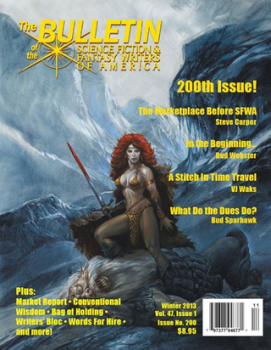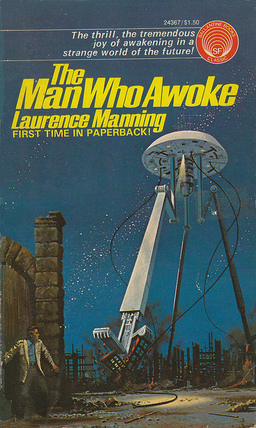New Treasures: Snowblind by Christopher Golden
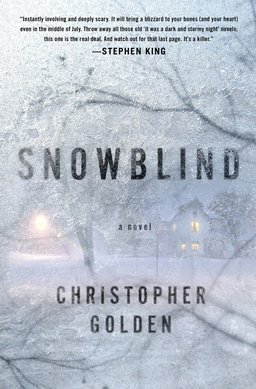 I think I speak for the entire country when I say that this winter stinks.
I think I speak for the entire country when I say that this winter stinks.
Seriously. I grew up in Canada; I know cold, miserable winters. When I was five, I spent a year in northern Quebec, where it snowed in June and the winter was one constant snow storm. I remember I climbed the snowdrift by our driveway until I was able to step up onto the house, and my Dad came out and yelled at me to get off the roof. Now that’s a lot of snow.
But I can’t ever recall a winter as cold or as miserable as this one. Here in Chicago, the weathermen tell us we’re only a few inches away from a snowfall record and a few more sub-zero days away from the coldest winter on record.
The things that frighten each generation are very different. And it’s only our very best best horror writers who are so plugged into the national psyche that they know what frightens us before we know it ourselves. And after the winter of 2013-2014, I think we’ll all look back and appreciate just how brilliant Christopher Golden is and how he picked the right year to write a novel about a killer snow storm.
The small New England town of Coventry had weathered a thousand blizzards… but never one like this. Icy figures danced in the wind and gazed through children’s windows with soul-chilling eyes. People wandered into the whiteout and were never seen again. Families were torn apart, and the town would never be the same.

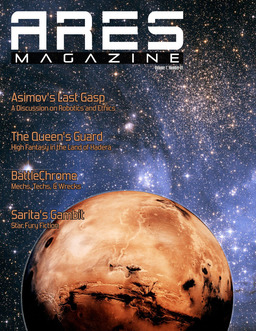
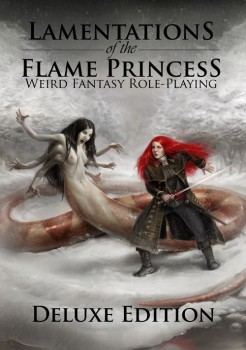

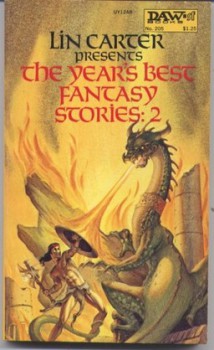
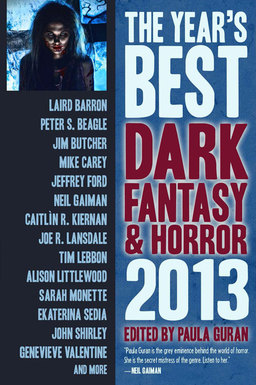
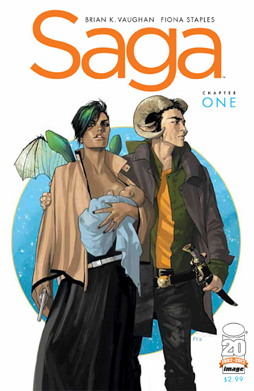 A few months ago, the 2013 Hugo Award for Best Graphic Story was given to Saga, Volume 1, the first trade paperback collection of the ongoing Saga comic book. Written by Brian K. Vaughan, with art by Fiona Staples (and lettering and design by the Fonografiks studio), the book deserved the win. It’s the first chapter in a promising story and manages to establish a simple and powerful basic situation for the main characters, while also creating a complex world, backstory, and array of subplots. If it sometimes seems overbroad, too accessible and glib, it also has a deep and original sense of history to its setting, and a design sense that makes that setting live.
A few months ago, the 2013 Hugo Award for Best Graphic Story was given to Saga, Volume 1, the first trade paperback collection of the ongoing Saga comic book. Written by Brian K. Vaughan, with art by Fiona Staples (and lettering and design by the Fonografiks studio), the book deserved the win. It’s the first chapter in a promising story and manages to establish a simple and powerful basic situation for the main characters, while also creating a complex world, backstory, and array of subplots. If it sometimes seems overbroad, too accessible and glib, it also has a deep and original sense of history to its setting, and a design sense that makes that setting live.